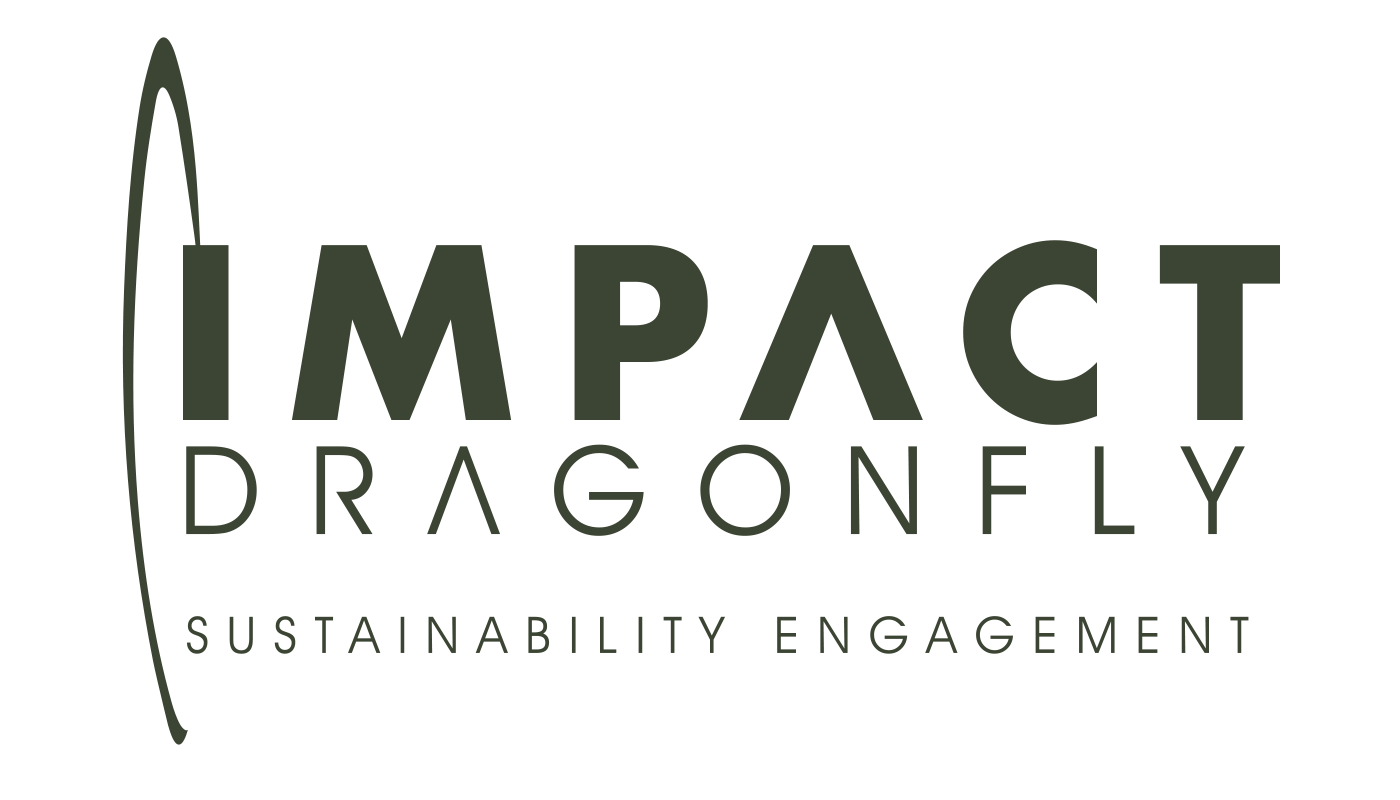Closing the loop, circular style
Circular Economy: A Path to a Sustainable Future
The concept of a circular economy is gaining traction as a vital approach for achieving sustainability. Unlike the traditional linear economy, which follows a "take, make, dispose" model, the circular economy emphasises keeping resources in use for as long as possible, extracting maximum value from them while in use, and then recovering and regenerating products and materials at the end of their service life.
What is a Circular Economy?
A circular economy is an economic system aimed at eliminating waste and the continual use of resources. It involves designing products for durability, reuse, remanufacturing, and recycling to keep materials within the economy and out of landfills. The goal is to create a closed-loop system where resources are reused and regenerated, thus reducing the need for new raw materials and minimising environmental impact.
Importance of Circular Economy
Resource Efficiency: By making better use of materials, we reduce the strain on natural resources. This not only conserves raw materials but also reduces energy consumption and greenhouse gas emissions associated with production and waste disposal.
Water circularity is a critical component of a circular economy, focusing on the sustainable use and recycling of water resources. It involves treating and reusing wastewater, capturing rainwater, and minimising water waste throughout various processes.
Economic Benefits: A circular economy can lead to cost savings for businesses through more efficient use of materials and a reduction in waste management costs. It also opens up new business opportunities in areas such as recycling, repair, and remanufacturing.
Environmental Protection: By reducing the extraction of raw materials and minimising waste, the circular economy helps to decrease pollution, mitigate climate change, and preserve ecosystems.
Innovation and Job Creation: The transition to a circular economy stimulates innovation in product design, business models, and industrial processes. It also has the potential to create jobs in new sectors like recycling, remanufacturing, and sustainable product design.
Real-World Examples
Patagonia's Worn Wear Program: Patagonia has been a pioneer in the circular economy with its Worn Wear program, which encourages customers to buy used Patagonia gear, trade in their own gear for store credit, and repair items rather than discard them. This initiative helps keep clothing in use longer and reduces overall consumption, thereby minimising environmental impact (Patagonia, Worn Wear).
Interface's ReEntry Program: Interface, a global manufacturer of commercial flooring, runs the ReEntry program, which recycles old carpet tiles into new ones. This reduces waste and the need for virgin materials, exemplifying how a circular approach can be applied in the industrial sector (Interface, ReEntry).
H&M's Garment Collecting Initiative: H&M has established a global garment collecting initiative where customers can drop off unwanted clothes, which are then sorted for reuse, recycling, or downcycling. This effort not only helps reduce textile waste but also raises awareness about sustainable fashion practices (H&M, Garment Collecting).
NEWater is Singapore's strategy to treat and recycle used water to create high-grade reclaimed water. This treated water meets up to 40% of the nation's water needs, significantly reducing reliance on traditional water sources and minimising wastewater discharge into the environment. By closing the loop on water usage, Singapore exemplifies how water circularity can lead to sustainable water management, ensuring a reliable water supply and protecting natural water bodies from pollution.
What can I do to be more circular?
Purchase second hand goods, electronics, clothes, household items - by giving something a second life you are preventing it reaching landfill. Swap with friends, their old stuff is your new!
Think before you buy - this is a really simple one, ask yourself do I really need it?
Mend, repair or rethink - sometimes we just want new however a quick stitch or lick of paint can prolong the life of most items. Could a dress become a top and skirt, or a bedside table be upcycled?
Buy wise - cheaper is not always the best option, do your research and actually find out if the item you are purchasing has a good life span.
